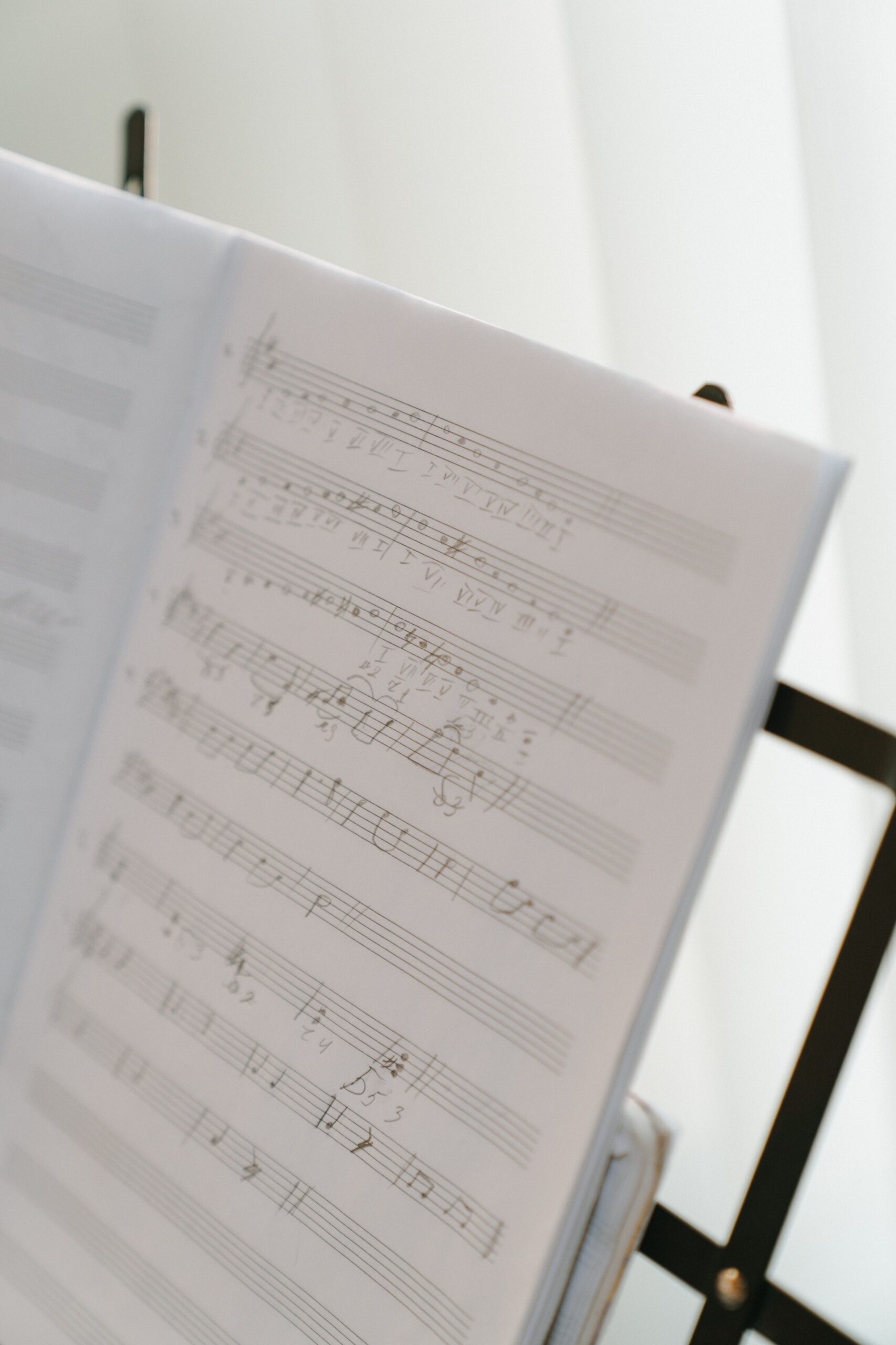Salford Piano Studio

The main difference in American/British music terminology is to do with notes and rests values. We find the American terminology a lot more intuitive and useful, as it simply describes the mathematical value of the notes/rests.
However, we believe every musician should know both, and that’s partly why this website uses British terms.
You’re likely to encounter both versions throughout your musical life, not only in books and resources but mainly in meeting and playing with other musicians.
Note Duration

American: Double whole note
British: Breve

American: Whole note
British: Semibreve

American: Half note
British: Minim

American: Quarter note
British: Crochet Rest

American: Eighth note (8th note)
British: Quaver

American: Sixteenth note (16th note)
British: Semiquaver

American: Thirty-second Note (32nd note)
British: Demisemiquaver

American: Sixty-fourth note (64th note)
British: Hemidemisemiquaver

American: Hundred twenty-eighth note (128th note)
British: Quasihemidemisemiquaver
Note Duration Table
| American | British |
|---|---|
| Double whole note | Breve |
| Whole note | Semibreve |
| Half note | Minim |
| Quarter note | Crochet |
| Eighth note (8th note) | Quaver |
| Sixteenth note (16th note) | Semiquaver |
| Thirty-second Note (32nd note) | Demisemiquaver |
| Sixty-fourth note (64th note) | Hemidemisemiquaver |
| Hundred twenty-eighth note (128th note) | Quasihemidemisemiquaver |
Rest Duration

American: Double whole rest
British: Breve rest

American: Whole note rest
British: Semibreve rest

American: Half rest
British: Minim rest

American: Quarter rest
British: Crochet rest

American: Eighth Rest (8th rest)
British: Quaver rest

American: Sixteenth Rest (16th rest)
British: Semiquaver rest

American: Thirty-second rest (32nd rest)
British: Demisemiquaver rest

American: Sixty-fourth rest (64th rest)
British: Hemidemisemiquaver rest

American: Hundred twenty-eighth rest (128th rest)
British: Quasihemidemisemiquaver rest
Rests Duration Table
| American | British |
|---|---|
| Double whole rest | Breve rest |
| Whole rest | Semibreve rest |
| Half rest | Minim rest |
| Quarter rest | Crochet rest |
| Eighth rest | Quaver rest |
| Sixteenth rest | Semiquaver rest |
| Thirty-second rest | Demisemiquaver rest |
| Sixty-fourth rest | Hemidemisemiquaver rest |
| Hundred twenty-eighth rest | Quasihemidemisemiquaver rest |
General Terms
| American | British |
|---|---|
| Whole step | Tone |
| Half step | Semitone |
| Leading tone | Leading note |
| Staff | Stave |
| Staves (also: Staffs) | Staves |
| Grand Staff | Great Stave |
| Measure | Bar |
Staves vs. Staffs
There’s some confusion over the plural form of Staff/Stave.
While both words generally have very different meanings, in a musical context it should be clear we’re referring to the same thing.
Our preference:
Singular: Staff
Plural: Staves